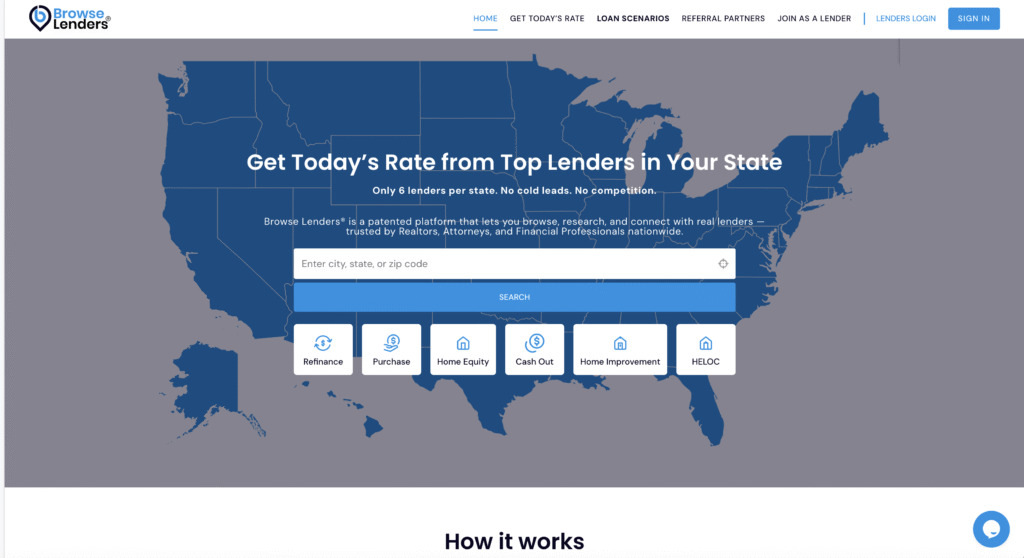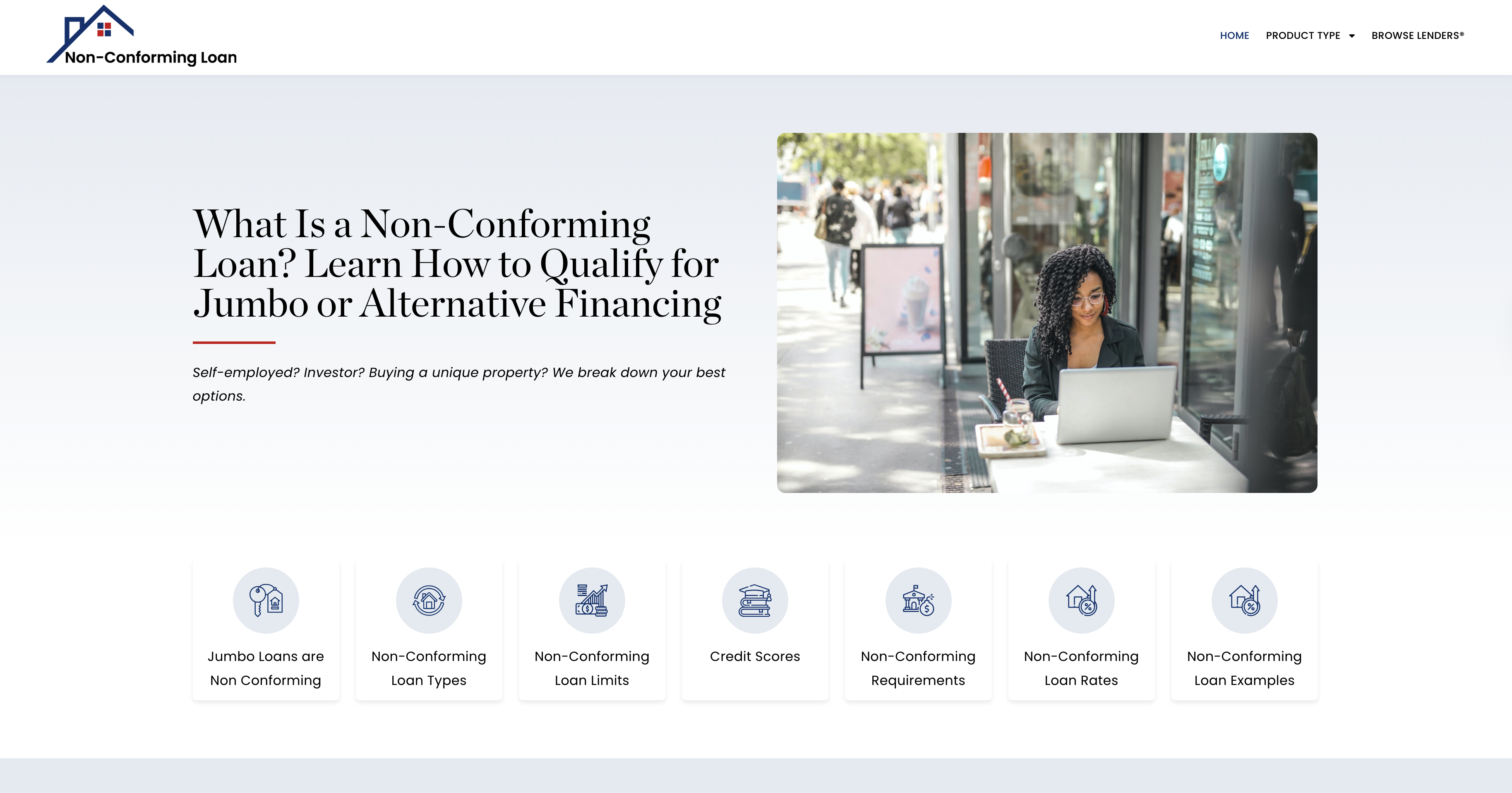Why “Improving Your Score” Is Actually About Changing Interpretation
Most people believe improving their score means raising a number. They chase points the way you would chase a test grade — as if the score itself is the asset. But lenders do not lend money to a number. They lend money to a risk profile. The score is only the summary of that profile.
This is why consumers get frustrated: “I raised my score, but nothing changed.”
Nothing changed because the underlying interpretation did not change. The number went up, but the risk signal stayed the same.
Improving a credit score is not about addition — it is about reclassification.
Underwriting is not calculating a grade — it is forecasting the likelihood that you can remain stable once new financial responsibility is added to your life. Until that interpretation improves, the middle score cannot produce better outcomes, even when the visible number moves.
The Biggest Misconception: People Think They’re Improving Credit When They’re Only Reducing Damage
Most consumers begin “improving” by trying to repair the past — deleting errors, eliminating balances, removing negatives, etc. But risk scoring is forward-looking. The system is not trying to punish the past — it is trying to predict the future.
The question underwriting is asking is not: “Has this person cleaned their history?”
The actual question is: “Has this person demonstrated new and stable financial behavior long enough that this history no longer defines them?”
That is why:
- A deletion does not equal readiness
- A payoff does not equal maturity
- A quick boost does not equal trust
- A spike does not equal stability
The consumer celebrates the event.
The institution waits for the pattern.
Why Institutional Improvement Happens BEFORE Score Movement
Your middle score rises after stability is established — not during the attempt. The system first has to reclassify you from “potential volatility” to “predictable performance.” Only once institutional confidence is restored does the numerical change become meaningful.
Improvement timeline:
| Consumer Perspective | Institutional Perspective |
|---|---|
| “I fixed something.” | “We need to verify stability.” |
| “My score jumped!” | “Not seasoned yet.” |
| “Why no approval change?” | “Interpretation window still open.” |
| “I improved.” | “We are still monitoring.” |
This is why improvement feels “delayed” — because the score is not scoring the transaction, it is scoring the maturity of the transaction.
The system rewards stability maturation, not “fix activity.”
Why Some People Raise Their Score But Not Their Status
There are two types of improvement:
| Type of Improvement | What It Means | Institutional Interpretation |
|---|---|---|
| Point improvement | The number moved | Temporary or tactical |
| Risk improvement | Behavior changed and sustained | Durable & reliable |
When the consumer focuses on the first, they chase speed.
When the system focuses on the second, it waits for proof.
This is why someone can spend months “boosting” and feel stuck — they improved what they believe matters, not what the system actually uses to determine readiness.
People don’t get denied because the score is too low — they get denied because the stability signal is too weak.
Why the Middle Credit Score® Measures Behavior and Not Events
Events are moments.
Behavior is trajectory.
The middle score tells institutions which direction your life is trending — not whether you had a good or bad month. This is why two people with the exact same score can be treated very differently by underwriting, depending on how they arrived at that number.
Example:
- Someone whose score rose because they cured instability signals = credible
- Someone whose score rose because they masked instability signals = still risky
Same number.
Different reliability.
Underwriting is not approving “a score.”
It is approving a behavior pattern that a score represents.
Why “Improvement” Without Reinterpretation Fails
Most people treat improvement like a finish line.
Institutions treat improvement like a test period.
A test period must end in proven stability, not attempted stability.
This is the real reason:
- People plateau
- People get surprised by underwriting conditions
- People don’t unlock better offers
- Their “progress” doesn’t convert to leverage
They never improved interpretation — only appearance.
The system is not measuring cleanup — it is measuring command.
The Real Objective Is Not to Improve the Score — It Is to Improve the Person the Score Reflects
This is why Middle Credit Score® is not a “credit tool.”
It is a financial identity mirror.
It reveals the version of you the system is willing to underwrite.
Once you understand that, improvement stops being about: “How do I get a higher score?”
And becomes: “How do I become readable as low-risk and high-stability?”
This is readiness — and readiness always precedes reward.
How Real Score Improvement Happens: Signal First, Number Second
If Part 1 explained why the middle score only moves when interpretation changes, Part 2 explains how that interpretation changes — and why most attempts fail before they begin.
Improvement is not about the transaction.
Improvement is about the order in which the system sees trust returning.
If the change is made in the wrong order, the system reads pressure.
If the change is made in the right order, the system reads control.
That is why improving a score is not the same as fixing a problem — it is restructuring how your profile is understood.
1. Improvement Begins When Instability Ends — Not When Action Begins
Consumers think improvement starts at the moment they “take action.” But the system does not recognize improvement until it sees stability first.
Stability isn’t the reward — it is the price of admission into improvement.
This is why people who rush into disputes or aggressive payoff strategies are unintentionally signaling distress, not strength.
The system asks:
“Are you still reacting, or are you now governing?”
Until governance is visible, action is just turbulence.
2. Institutions Reward Sequence, Not Speed
Consumers are taught to improve “as fast as possible.”
Institutions trust improvement as predictably as possible.
Score gains earned through volatility are not rewarded.
Score gains earned through demonstrated steadiness are.
This is why sequence matters more than intensity:
- If you fix errors before stabilizing utilization → volatility
- If you pay down big balances before eliminating weak signals → instability
- If you correct disputes before establishing margin → reactionary behavior
- If you add accounts before stabilizing rhythm → mismanagement
The order tells the story.
The story is what underwriting prices.
3. The System Upgrades You Only After Your Pattern Holds
There are three gating questions your middle score must “pass” before it matures upward in a way underwriting respects:
| Institutional Question | What It’s Looking For |
|---|---|
| Is the change real? | Was this decision a reaction or a transition? |
| Is the change sustainable? | Can they hold this behavior when nothing is urgent? |
| Is the change permanent? | Is this new baseline or temporary relief? |
This is why the system waits 60–90 days before materially shifting trust — the delay is not algorithmic, it is behavioral confirmation.
People think they are waiting on credit bureaus.
They are actually being observed for consistency.
4. “Improvement” Backfires When It’s Done For the Wrong Metric
When someone improves for points, they behave like a contestant.
When someone improves for predictability, they behave like a low-risk borrower.
Institutions do not want to see hustle, they want to see command. This is why people who try to “impress the algorithm” almost always signal instability. The more frantic the change, the more underwriting assumes it is reactionary.
Real improvement is quiet, not dramatic.
5. The Shift: When Improvement Becomes Leverage
There is a moment in the improvement cycle where the system stops evaluating and starts trusting. This turning point is not based on the number — it is based on whether your behavior now reads as:
✅ Steady
✅ Self-governing
✅ Margin-conscious
✅ Pattern-consistent
✅ Non-reactive
✅ Low-volatility
At that moment, the middle score becomes a credibility credential, not a penalty filter.
You stop being screened.
You start being welcomed.
You stop being caution-priced.
You start being advantage-priced.
You stop pushing for approval.
You start qualifying as a valued borrower.
This is the moment when the score no longer represents risk protection for the lender — it becomes borrowing power for the consumer.
6. Why Most People Never Reach This Stage
Most people are trying to race to a higher score instead of stabilize their financial identity. The system does not trust speed because speed reveals panic. What the system trusts is predictable self-management — the opposite of urgency.
That is why Middle Credit Score® does not teach “hacks.”
It teaches alignment — the same mental framework institutions use internally.
When the borrower adopts the institution’s view of readiness,
the institution stops treating them like risk.
7. The Middle Score Is the Gate to Opportunity — Not the Finish Line
Consumers think the score is the goal.
Institutions see it as the proof of readiness.
This is why progress that doesn’t convert into leverage never feels like progress at all — because “raising the score” wasn’t the actual goal the system was using.
The real transition is:
❌ from “trying to qualify”
✅ to “qualifying differently”
And that shift happens only when your improvement is not an event —
but a pattern that redefines your reliability.
The Bottom Line
Improving your score is not about increasing the number —
it is about increasing the level of trust the number represents.
Once you understand that, everything changes:
You stop chasing points and start engineering predictability.
You stop reacting to your score and start controlling how you are read.
You stop aiming for approval and start positioning for advantage.
This is the difference between basic credit literacy and institutional fluency.
And this is the foundation of everything Middle Credit Score® teaches:
you do not win by fixing — you win by becoming someone the system trusts before you ever apply.






